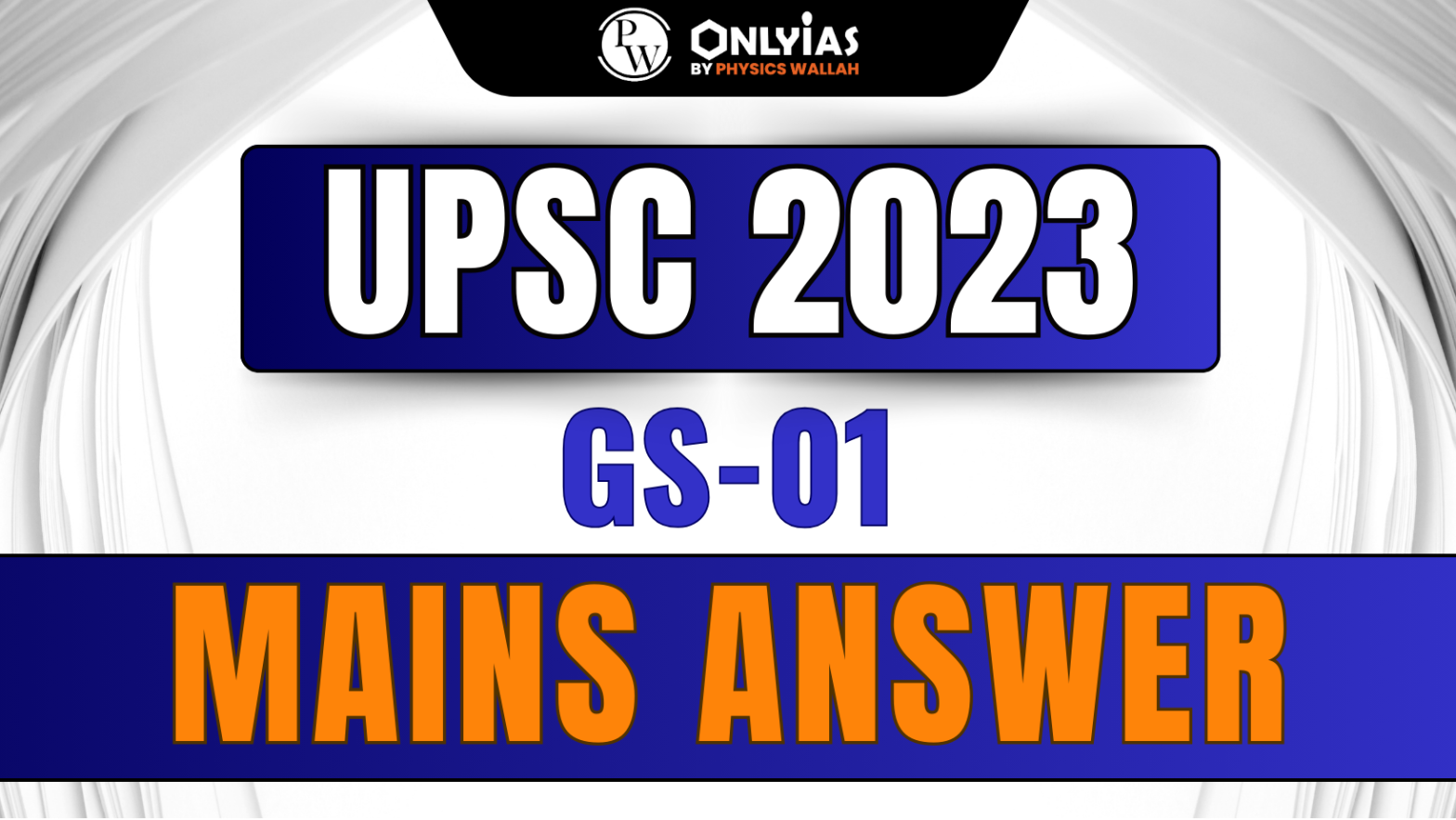What are the main features of Vedic society and religion? Do you think some of the features are still prevailing in Indian society?

Q.11 What are the main features of Vedic society and religion? Do you think some of the features are still prevailing in Indian society?
| How to approach the question
Introduction ● Write about the Vedic period to provide historical context briefly Body ● Write about the Main Features of Vedic Society ● Write about the Main Features of Vedic Religion ● Write the features of the Vedic period which are still prevailing in Modern Indian society Conclusion ● Give appropriate conclusion in this regard |
Introduction
The Vedic period, stretching from around 1500 BCE to 500 BCE, stands as a defining epoch in Indian history, laying down the foundational structures of Hinduism and Indian society. This period is characterized by the development of early Vedic literature and establishment of social and religious principles that have reverberated throughout Indian history.
Body
Main Features of Vedic Society
Social Structure:
Economic Aspects:
Political Organization:
Main Features of Vedic Religion
Deities and Worship:
Literary Texts:
Prevalence in Modern Indian Society
Religious Practices:
Social Aspects:
Cultural Remnants:
Conclusion
The Vedic period endowed India with a rich and complex cultural heritage, deeply rooted in spiritual philosophies and societal frameworks. The traditions and philosophies birthed in that era continue to resonate in modern Indian society, shaping its social fabric and cultural narratives, and even influencing global perceptions towards spirituality and well-being.
| For a Detailed explanation of the UPSC GS-01 Mains question 2023, click here.
For a Detailed explanation of the UPSC GS-02 Mains question 2023, click here. For a Detailed explanation of the UPSC GS-03 Mains question 2023, click here. For a Detailed explanation of the UPSC GS-04 Mains question 2023, click here. |

<div class="new-fform">
</div>